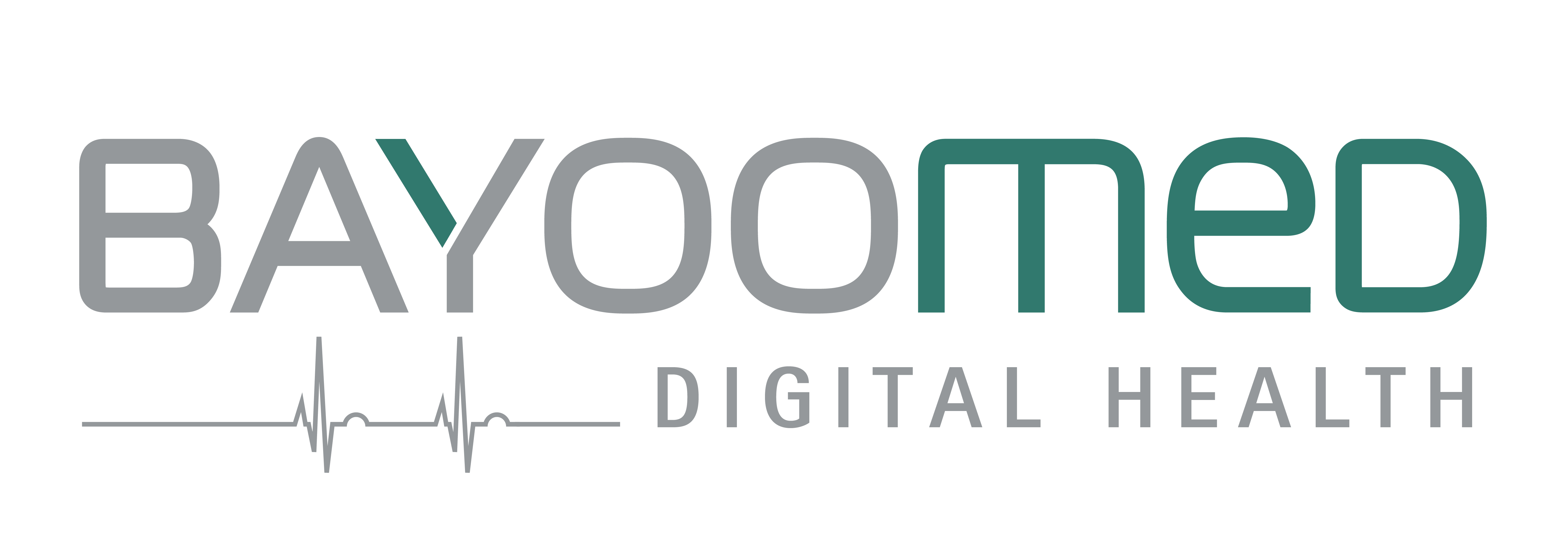Requirement management
Software development in the field of medical technology products and digital solutions in the healthcare sector ranges between your individual requirements and strict legal requirements. Agile requirement management is needed to meet both conditions.
Our requirements engineers are faced with the constant challenge of keeping an eye on the changing, specific requirements of our customers and complying with the IEC 62304 standard at the same time. This is because the complete documentation of software requirements in accordance with IEC 62304 and QSR (in the USA) is also required by law.
Software architecture
What quality features are essential for a software solution? How can these be implemented effectively? And where are the potential risks hidden?
The architecture of a software not only provides the structure, but is also the key to answering these questions. Experience is therefore a decisive factor in being able to design the software architecture at a higher level of abstraction.
Only the most qualified employees at BAYOOMED are entrusted with the role of software architect. In accordance with the IEC 62304 standard, they create effective solutions for customers in the medical and pharmaceutical sectors.
This is how we proceed:
phase 1
At the start of a project, we create a system architecture (architectural design) based on the specific requirements of our customers.
The next step consists of identifying potential risks and adding measures to minimize them: For example, a tight schedule, conflicting requirements, ambiguity or a lack of documentation from third-party systems.
phase 2
Now comes the software design, i.e. the clarification of the “how”. Again, we use an analytical approach and initially create a rough draft, which we then develop into a detailed design.
This approach allows us to go into detail without losing sight of the project. For the design itself, we rely on tried-and-tested design principles and patterns.
phase 3
During the implementation phase, we always monitor whether the implementation corresponds to the architecture or whether it needs to be adapted. We are therefore constantly evaluating the architecture, for example using the “Architecture Tradeoff Analysis Method”.
We flexibly integrate the check for changed requirements that make it necessary to adapt the architecture (requirements analysis).
In development cycles, the project goes through several phases that are subject to detailed planning. In order to integrate the specific requirements into the software architecture, it is necessary to analyze the possible effects on the architecture, implementation, schedule and risks. This happens alongside the agile development of the software solution.
In development cycles, the project goes through several phases that are subject to detailed planning. In order to integrate the specific requirements into the software architecture, it is necessary to analyze the possible effects on the architecture, implementation, schedule and risks. This happens alongside the agile development of the software solution.
Proof of Concept
Target-oriented and practical planning
Architecture Design
Efficient implementation of the requirements
Permanent modifiability, maintainability, security and performance
Agile software development
The implementation phase of a medical software deals with the concretization and realization of the requirements. The end result is a finished medical or healthcare application that successfully supports your business. Our developers are masters of their tools, have tried and tested methods and are highly proficient in languages.
Whether C#, Java HTML5, C/C++, JavaScript, MAUI, React native or Flutter: we find the right language and framework for every product.
Verification and validation
Automated tests help our developers to ensure the safe and error-free functionality of every new piece of medical software.
In order to provide direct feedback, we monitor all areas of the work from the outset. This allows us to identify weak points at an early stage and invest the time saved in meeting the project deadline.
Wir begleiten Dich von Beginn an und definieren gemeinsam mit allen Stakeholdern und Nutzergruppen die Anforderungen an Dein Medizinprodukt. Diese werden im Anschluss durch unsere funktionsübergreifenden Teams aus Requirements Engineers, Expert:innen für die Softwarearchitektur und Verifizierung sowie Subject Matter Experts weiter spezifiziert.
Die daraus resultierenden System- und Software-Anforderungen bieten den idealen Ausgangspunkt für eine normkonforme Entwicklung des Produktes.
Oder suchst Du jemand für deine Systeme? Gerne prüfen wir Deine Systeme im Zuge einer Verifizierung auf Herz und Nieren oder validieren Software, Infrastruktur und Tools.
From requirements management to validation
Wir begleiten Dich von Beginn an und definieren gemeinsam mit allen Stakeholdern und Nutzergruppen die Anforderungen an Dein Medizinprodukt. Diese werden im Anschluss durch unsere funktionsübergreifenden Teams aus Requirements Engineers, Expert:innen für die Softwarearchitektur und Verifizierung sowie Subject Matter Experts weiter spezifiziert.
Die daraus resultierenden System- und Software-Anforderungen bieten den idealen Ausgangspunkt für eine normkonforme Entwicklung des Produktes.
Oder suchst Du jemand für deine Systeme? Gerne prüfen wir Deine Systeme im Zuge einer Verifizierung auf Herz und Nieren oder validieren Software, Infrastruktur und Tools.
